
The Swedish Women's Voluntary Defence Organization is an independent auxiliary defence organization in Sweden. The organisation is part of the Swedish Total Defence (Totalförsvaret), the national defence strategy of Sweden.
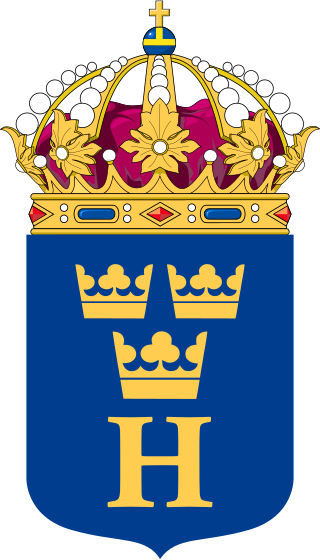
The Home Guard – National Security Forces is a military reserve force of the Swedish Armed Forces. It was formally established on May 29, 1940, during World War II upon popular demand. While originally composed of former militia groups, today it comprises half of the Swedish Army, thus constituting the basis of the territorial defence of Sweden.

The Barbados Defence Force (BDF) is the name given to the combined armed forces of Barbados. The BDF was established 15 August 1979, and has responsibility for the territorial defence and internal security of the island. The headquarters for the Barbados Defence Force is located at St. Ann's Fort, The Garrison, Saint Michael.
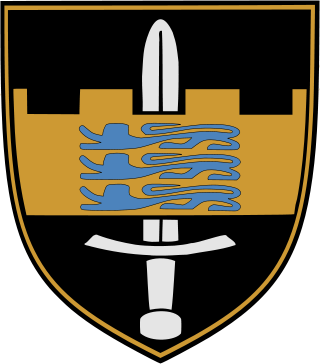
The Estonian Land Forces, unofficially referred to as the Estonian Army, is the name of the unified ground forces among the Estonian Defense Forces where it has an offensive military formation role. It is currently the largest Estonian military branch, with an average size of approximately 6,000 soldiers, conscripts, and officers during peacetime.

Võidupüha or Victory Day in English or the Victory Day in the Battle of Võnnu in Estonian is a public holiday in Estonia which occurs on June 23. The holiday has been celebrated since 1934 and marks the victory of Estonia and neighboring Latvia in the Battle of Cēsis against the Baltische Landeswehr on June 23, 1919.

The Omakaitse was a militia organisation in Estonia. It was founded in 1917 following the Russian Revolution. On the eve of the occupation of Estonia by the German Empire, the Omakaitse units took over major towns in the country allowing the Salvation Committee of the Estonian Provincial Assembly to proclaim the independence of Estonia. After the German Occupation the Omakaitse became outlawed.

The Ministry of Defence of the Republic of Estonia and its head, the Minister of Defence, are responsible for organizing national defence. It is Estonia's ministry of defence. The mission of the Ministry of Defence is to deter attacks against Estonia and ensure that the country is capable of defending itself against external threats. Estonian national defence is based on initial self-defence capability as well as membership in NATO.

The Estonian Defence Forces is the unified military force of the Republic of Estonia. The Estonian Defence Forces consists of the Estonian Land Forces, the Estonian Navy, the Estonian Air Force, and the paramilitary Estonian Defence League. The national defence policy aims to guarantee the preservation of the independence and sovereignty of the state, the integrity of its land area, territorial waters, airspace and its constitutional order. Its main goals remain the development and maintenance of a credible capability to defend the nation's vital interests and development of the defence forces in a way that ensures their interoperability with the armed forces of NATO and European Union member states to participate in the full range of missions for these military alliances.
The Estonian Defence League’s Cyber Unit is a group of units within certain malevs of the Estonian Defense League established in 2010. Created out of inspiration from the 2007 cyberattacks on Estonia and spearheaded by Informatics Scientist Ülo Jaaksoo, it focuses on the defense of the Estonian state and private telecommunications infrastructure from outside-derived cyberattacks, and mostly employs the volunteer participation of IT professionals.

Young Eagles of Estonia is a patriotic youth paramilitary organization in Estonia, established in 1930. It is not a defence organisation.
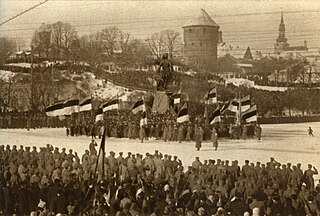
Independence Day, formally the Anniversary of the Republic of Estonia, is a national holiday in Estonia commemorating the Estonian Declaration of Independence which was published in the capital city Tallinn on 24 February 1918, establishing the Republic of Estonia. Since then, it has been the national day of Estonia.
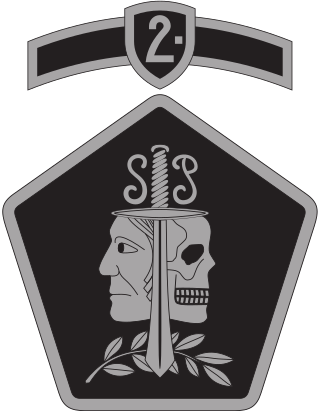
The 2nd Infantry Brigade is an infantry brigade of the Estonian Land Forces. It is the primary military unit in Southern Estonia. The brigade headquarters is currently based at Sirgu village, Luunja Parish, Tartu County. The brigade is tasked with planning and organizing military operations, planning and organizing mobilization, ensuring the readiness and support of its subordinate units, preparing wartime reserve units and their formation, organizing the training and participation in international military operations.
Väluste is a village in Viljandi Parish, Viljandi County, Estonia. Until the 2017 administrative reform of Estonian municipalities the village was located in Tarvastu Parish. Väluste is located on the western shore of Lake Võrtsjärv, 8.1 km south of the small borough of Mustla and 18 km southeast of the town of Viljandi. As of 2011, Väluste had a population of 70 residents, a decrease from 102 in the 2000 census.
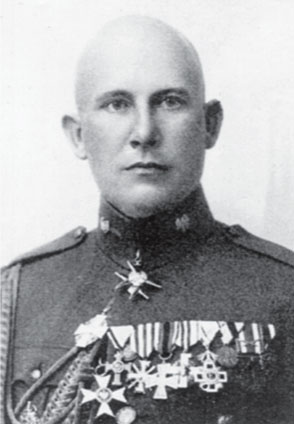
Jaan Maide, VR II/3 was a senior Estonian Army officer who fought in World War I, the Estonian War of Independence and World War II. He was appointed Commander-in-Chief of the Estonian Military by Otto Tief's government in 1944.

Riho Ühtegi is an Estonian major general. He has been the Commander of the Estonian Special Operations Force. Since 2019, he is the commander of the Estonian Defence League.
Alma Jeets was an Estonian politician. She was a member of Estonian National Assembly.
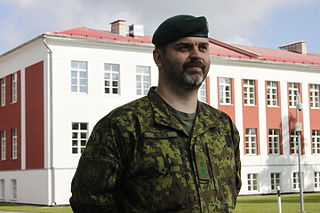
Eero Rebo is an Estonian Land Forces colonel.
Kajari Klettenberg is an Estonian military colonel.
Jaak Mee is an Estonian military personnel.









































